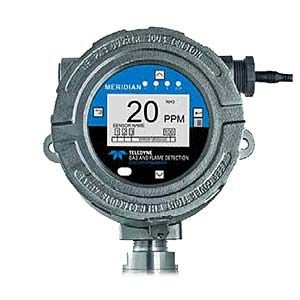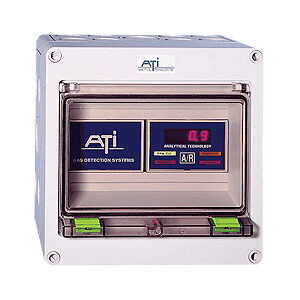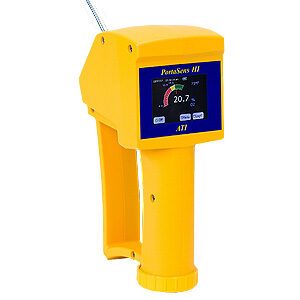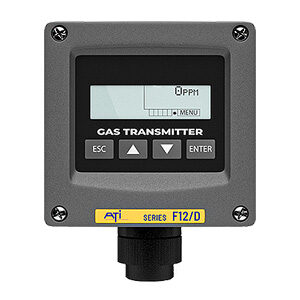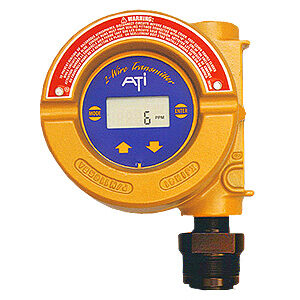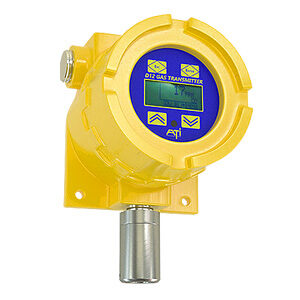
Detection of combustible levels of methane or other hydrocarbons % LEL. It may also be used for monitoring CO2 levels, either in ppm or percent levels. D12Ex-IR infrared gas transmitters provide analog signals for remote interface and optional relays for…


